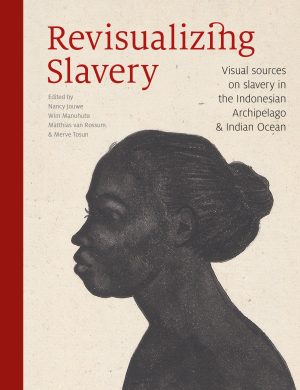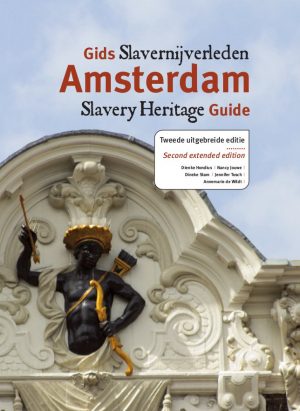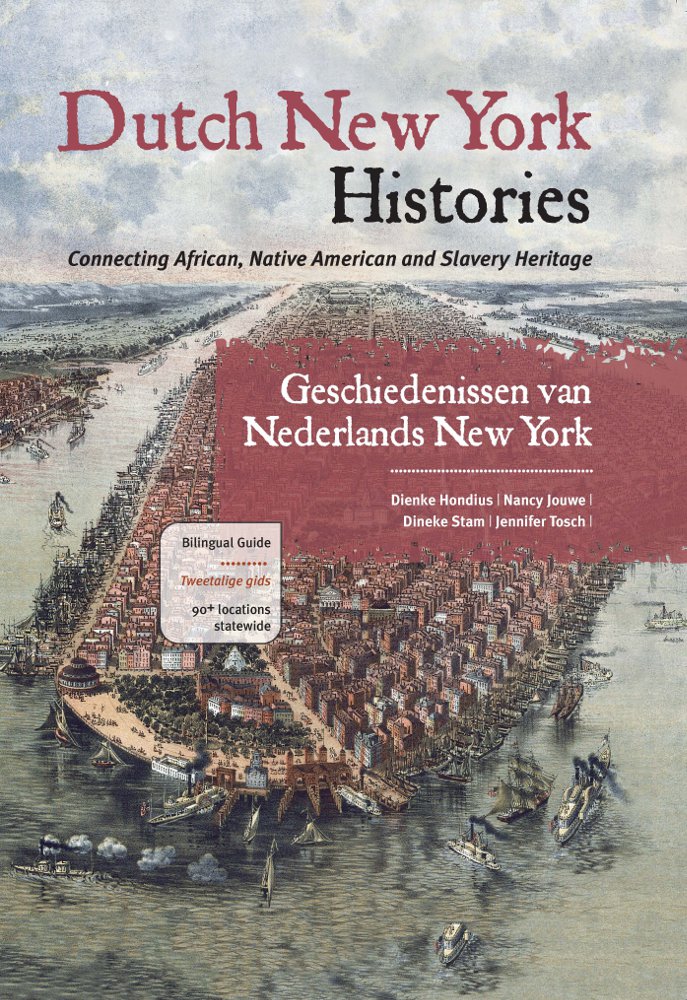Gilded Splendor
€24,50In this cahier, art historians Alette Fleischer (PhD) and Bart Krieger (M.A.) unravel the hidden messages of the black clocks of the Parnassia Collection and categorize them in a novel way. They have aimed to contextualize the pendulum clocks au Noir in the historic timeframe they were created in and displayed (ca 1790-1830) and uncovered some of their iconographic secrets with links to the transatlantic slavetrade, Eurocentrism and the French Enlightenment. Moreover, the two art historians ponder on the question if we, as an emancipated society, are allowed and able to enjoy these pendulum clocks today.




